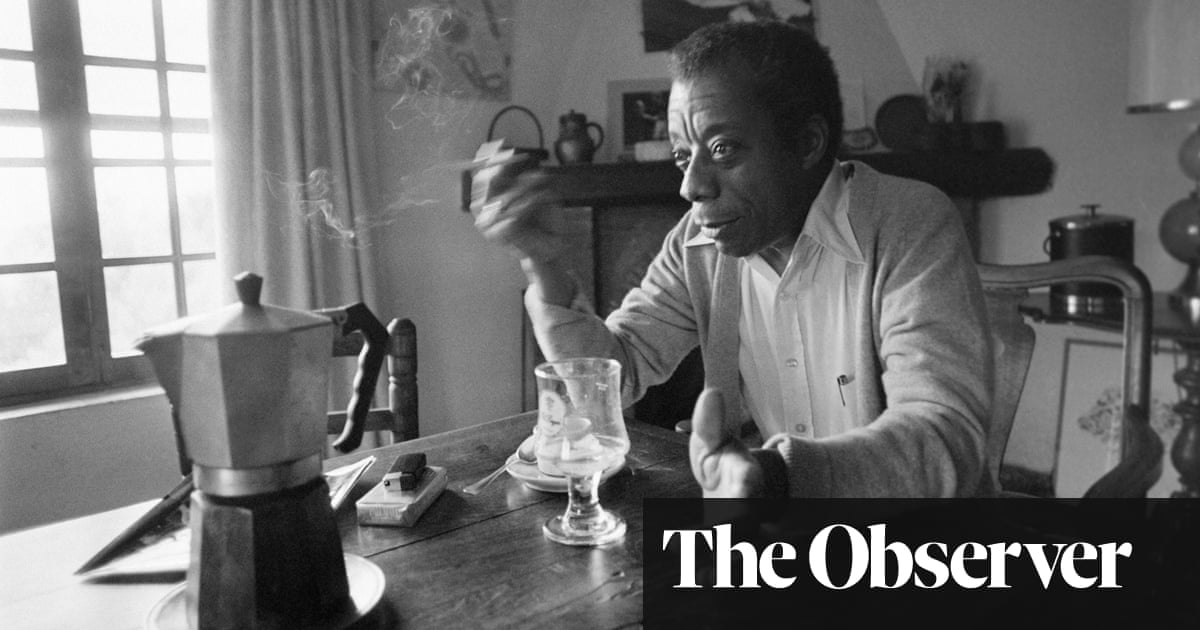Diarmuid Hester’s travelogue celebrates the history of queer spaces in 20th century subculture, from Josephine Baker’s Paris to EM Forster’s Cambridge
Writing history or biography often feels like a journey – both a journey of discovery and a dogged pursuit of historical subjects who may or may not make it easy for you. This strange and entirely unreciprocated fascination has become something of a subject in itself, described in Richard Holmes’s tellingly entitled Footsteps, for instance; while in books such as Olivia Laing’s The Trip to Echo Spring, in which Laing narrates her own travels around the US tracking some of America’s drunkest literary giants, the journey is made literal. Of course, research sometimes requires physical travel, but often it is instinct that sends researchers on pilgrimages to their subjects’ old haunts, seeking some intangible but significant information.
Diarmuid Hester’s Nothing Ever Just Disappears is structured around eight different locations, most visited by the author, and leads the reader through “the queer spaces of the 20th century, the homes and haunts that have been central to subcultural art, writing and performance over the past 125 years”. Each locale is an opportunity to explore the life and work of an artist, writer or activist – EM Forster in Cambridge; the dazzling Josephine Baker in her beloved Paris; film-maker Jack Smith in lower Manhattan in the 1960s, and so on – but it is place itself that is of prime significance. Hester sets out to “examine the importance of queer places in the history of arts and culture… [to] explore their impact on queer identity… [to] reflect on the special relationship LGBTQ+ people have to space, and the ways in which places have been queered, their meanings distorted and appropriated”. It’s a project that seems particularly pressing as the number of queer spaces dwindles. Hester notes a 2017 study showing that 58% of London’s queer venues had closed down since 2006, and assumes that gentrification, plus the pressures of lockdowns, will have made things much worse. Why, he asks, do these places “seem to disappear so easily”? Continue reading...
http://dlvr.it/Sv0Gl3
http://dlvr.it/Sv0Gl3


Post a Comment